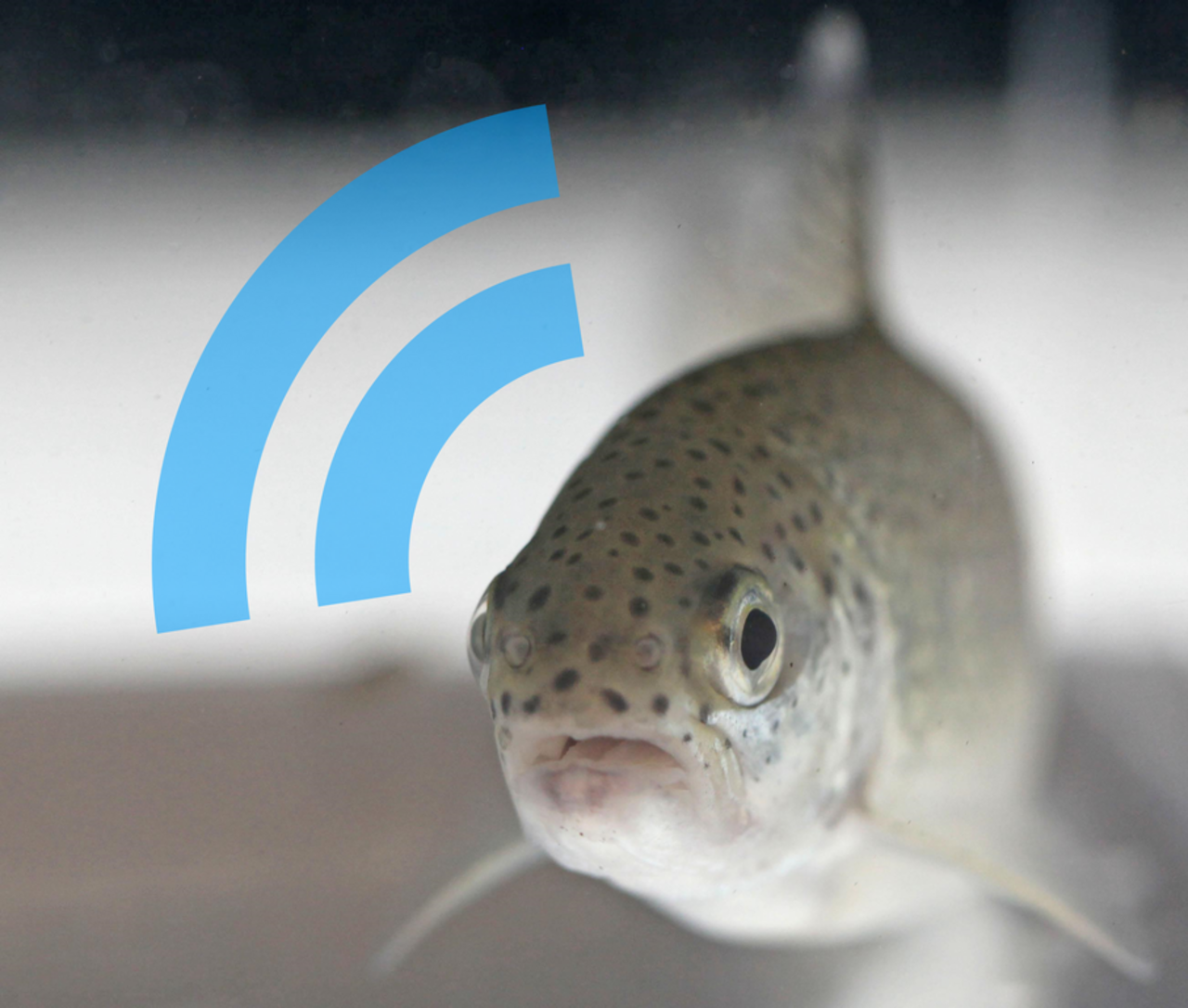Project
Using behavior to assess fish welfare

Evaluation of automated methods and development of indicators to identify erratic fish behavioral patterns under aquaculture practice
The arrival of “Agriculture 4.0” brings with it the use of sensors and big data. The present study aims to evaluate, whether these systems can be used to automatically detect erratic behavioral patterns in fish.
Background and Objective
Being a valuable component for a healthy diet, the demand for fish is steadily increasing. As capture fisheries reached its capacity limits, fish farming experienced a steady boost since the last 20 years and discovered progressive intensification and industrialization in its production methods.
Intensive fish farming is a relatively young practice, with salmonids being among the most valuable species under cultivation. Here, the rainbow trout (Oncorhynchus mykiss) is the second most valuable of the farmed salmonids and represents the most important species in German aquaculture. Originally from North America, rainbow trout is characterized by its high adaptability, rapid growth and relatively easy keeping in different farming systems.
In recent years and similar to other animal farming practices, consumer awareness and consciousness towards finfish welfare under intensive and industrialized farming conditions increased. With the purpose of providing guidelines and recommendations to the aquaculture sector and helping to clarify consumers concerns, the present study aims to develop an automated method as well as indicators to assess fish welfare under potentially stressful conditions that fish may encounter under intensive farming conditions.
Approach
The project aimed to investigate whether the behaviour of fish in recirculating aquacultures systems can be automatically recorded by sensor technology, so called RFID (Radio Frequency Identification) transponders and accelerometer tags. Furthermore, it should be investigated whether the behaviour of the fish changes during critical plant conditions, i.e. a technical failure, or at critical rearing conditions which can potentially result in poor welfare of the reared organisms. Here, we aimed to determine whether these behavioural changes can be automatically detected with the sensor systems and whether indicators can be derived for an early warning system also allowing for risk assessment. Rainbow trout during grow-out was used as a model species for these investigations.
Our Research Questions
Can changes in activity and altered behavioral patterns be monitored via automated systems? How does stress affect fish behavior in aquaculture systems?
Results
Within the two experimental approaches - experiment 1: pump failure, experiment 2: stocking density - behaviour of rainbow trout during optimal system functioning could be recorded automatically using both RFID transponders and accelerometers. The collected data allowed to derive a baseline activity of the reared fish. Both systems allowed to record a diurnal behavioural pattern typical for rainbow trout. The systems were also able to capture peaks in activity during feeding as well as when the fish were disturbed, e.g., during daily system maintenance. Compared to baseline activity, which was determined during optimal RAS function, the simulated technical failure prompted a clear change in behaviour. By means of the recorded data, these behavioural changes could be clearly distinguished from baseline activity. Rainbow trout also showed distinct diurnal behavioural patterns when the animals were reared at different stocking densities. The RFID system was able to capture these diurnal differences at the individual densities as well. In general, the system proved robust against differences in stocking densities. Data collected by accelerometers showed that activity increased with stocking density. Still, within the experimental framework used in the project, densities between 20 - 80 kg m-3 seemed to act as a mild stressor as no significant change in heart rate with increasing densities was observed. Heart rate between day and night, however, differed significantly confirming sensor functionality.
Due to their high degree of mechanization, recirculating aquaculture systems represent an ideal environment for automated data collection and for integration of these data into RAS monitoring. The results of the project show the possibilities for automated recording of fish behaviour in recirculating aquaculture systems. RFID transponders are particularly promising for this purpose also representing a cost-effective approach. The information collected could also meet the requirements of "Big Data" and be used to develop approaches using artificial intelligence (AI) techniques.
Involved Thünen-Partners
Funding Body
-
Federal Ministry of Agriculture, Food and Regional Identity (BMLEH)
(national, öffentlich)
Duration
10.2016 - 9.2021
More Information
Project funding number: 2817900815
Funding program: Innovationsförderung
Project status:
finished

![[Translate to English:] [Translate to English:]](/media/_processed_/2/9/csm_Embryo-Exp_Gelege_9F_dpf5-200513111619_c8534a8199.jpg)
![[Translate to English:] [Translate to English:]](/media/_processed_/2/9/csm_Embryo-Exp_Gelege_9F_dpf5-200513111619_9027994d44.jpg)






